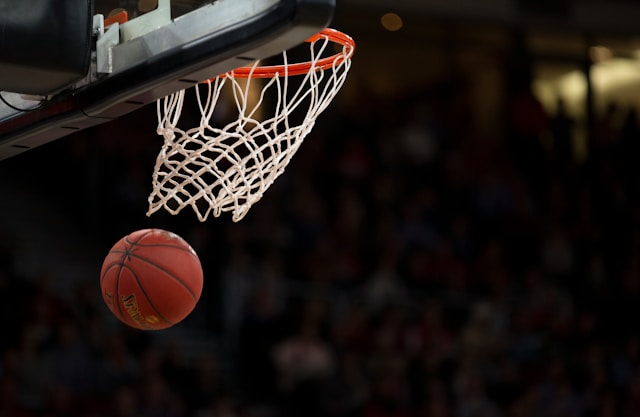- Change theme
How AI is Changing the Game: The Rise of Data-Driven NCAA Basketball Predictions

Basketball has always been a game of skill, strategy, and split-second decisions.
02:43 15 March 2025
Basketball has always been a game of skill, strategy, and split-second decisions. But in recent years, artificial intelligence (AI) and machine learning have begun to reshape the way teams, analysts, and fans predict NCAA basketball outcomes. With vast amounts of data available—from player statistics to in-game analytics—AI is transforming how experts generate NCAAB Predictions with greater accuracy than ever before.
How AI Analyzes NCAA Basketball Data
Traditional basketball predictions relied heavily on expert opinions and basic statistical models. While these methods still play a role, AI now takes prediction accuracy to the next level by:
- Processing large datasets in seconds, analyzing thousands of past games.
- Identifying patterns in player and team performance that might not be obvious to human analysts.
- Factoring in real-time data, such as injuries, fatigue, and even crowd influence.
AI models use deep learning algorithms to recognize trends and predict outcomes with a high degree of accuracy. These systems continuously refine their predictions based on new data, making them more reliable than static prediction methods.
Key AI Technologies Driving NCAA Predictions
1. Machine Learning Models
AI-powered machine learning (ML) models analyze past performances, team statistics, and player metrics to forecast game results. These models weigh variables like:
- Shooting efficiency (field goal percentage, three-point success rates)
- Defensive strengths (steals, blocks, turnovers forced)
- Home vs. away performance
- Pace of play (fast-break opportunities, possession control)
By considering hundreds of factors simultaneously, ML models provide predictions based on probability rather than gut feeling.
2. Computer Vision for Player Tracking
Computer vision technology allows AI systems to break down film footage and extract detailed player movements. This helps teams and analysts understand:
- How players perform in different defensive matchups
- Which shot selections are most effective against specific opponents
- How fatigue impacts decision-making in the final minutes of a game
The NBA has already adopted AI-powered tracking systems, and NCAA programs are following suit to gain a competitive edge.
3. Natural Language Processing (NLP) for News and Social Media Trends
AI doesn’t just analyze game footage and player stats—it also tracks news reports, injury updates, and even social media sentiment to refine predictions. NLP algorithms scan reports and player interviews to determine:
- Whether a star player is mentally prepared for a big game.
- How a coach’s strategy might change after a recent loss.
- Fan and expert opinions that could indicate a shift in team momentum.
This real-time data helps AI-powered systems adjust predictions based on non-statistical factors, something traditional analytics often miss.
AI vs. Human Predictions: Who Wins?
While AI is revolutionizing sports analytics, human experts still play a vital role in interpreting data. AI predictions excel at identifying statistical trends, but human analysts bring context, intuition, and an understanding of team dynamics.
For example, an AI model may predict a team’s win probability based on past performances, but a human expert might notice that the team is struggling due to off-court distractions or internal conflicts. The best predictions often come from a combination of AI insights and human expertise.
The Future of AI in NCAA Basketball Predictions
As AI continues to evolve, we can expect even more advanced tools to enhance NCAA basketball analysis. Some emerging trends include:
- AI-powered injury forecasting – Predicting player injuries before they happen based on workload, playing style, and biomechanics.
- Real-time in-game adjustments – AI-driven coaches' assistants providing strategic recommendations during games.
- Augmented reality (AR) scouting tools – AI-powered AR applications helping coaches visualize opponents’ weaknesses.
With AI-driven tools becoming more accessible, teams, analysts, and even casual fans can leverage data-driven insights to make more informed predictions.
For a deeper dive into how AI is being used across sports, check out this report on AI in sports analytics.
Final Thoughts
AI is changing the way NCAA basketball predictions are made, offering unmatched accuracy and data-driven insights. While human expertise remains essential, the power of machine learning, computer vision, and natural language processing is giving teams and analysts an unfair advantage in predicting game outcomes.
As technology advances, the blend of AI-powered predictions and expert analysis will only continue to shape the future of NCAA basketball forecasting.
